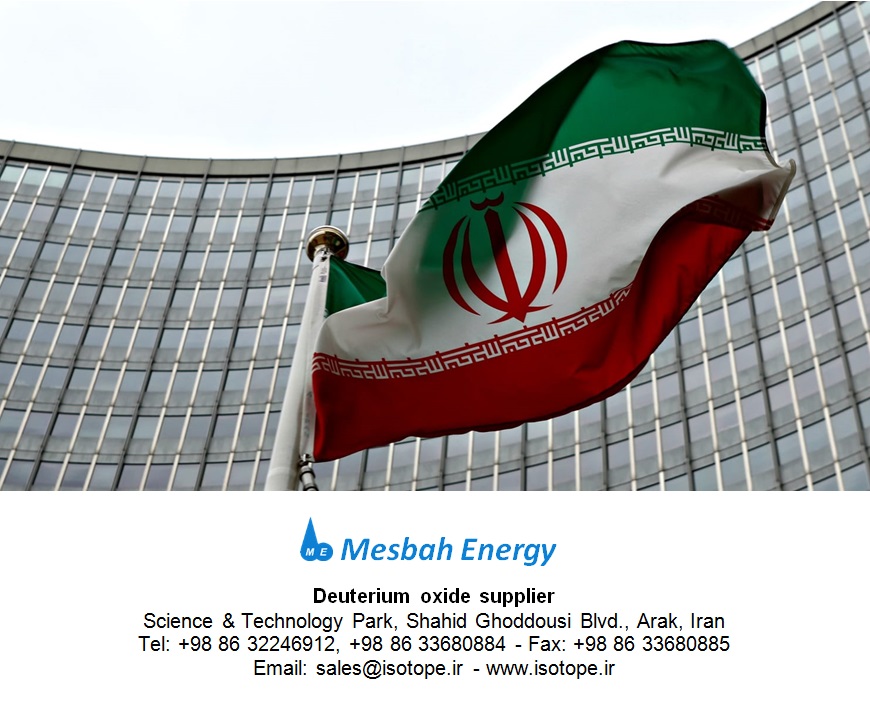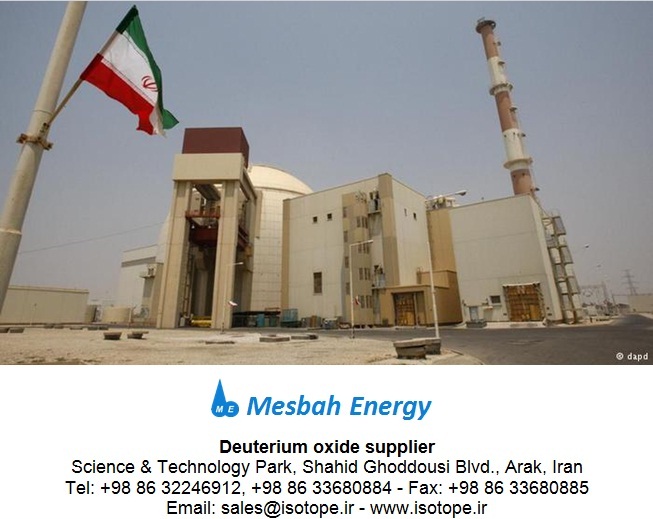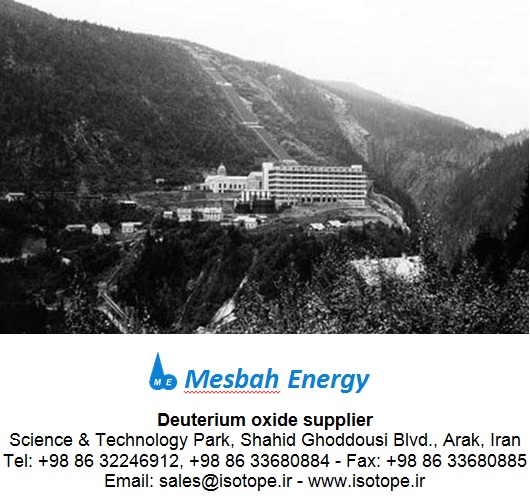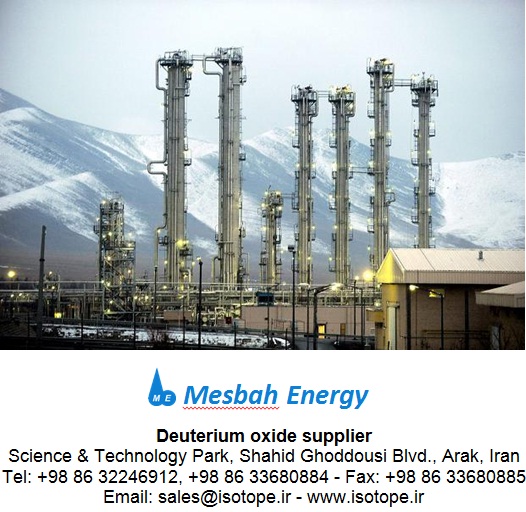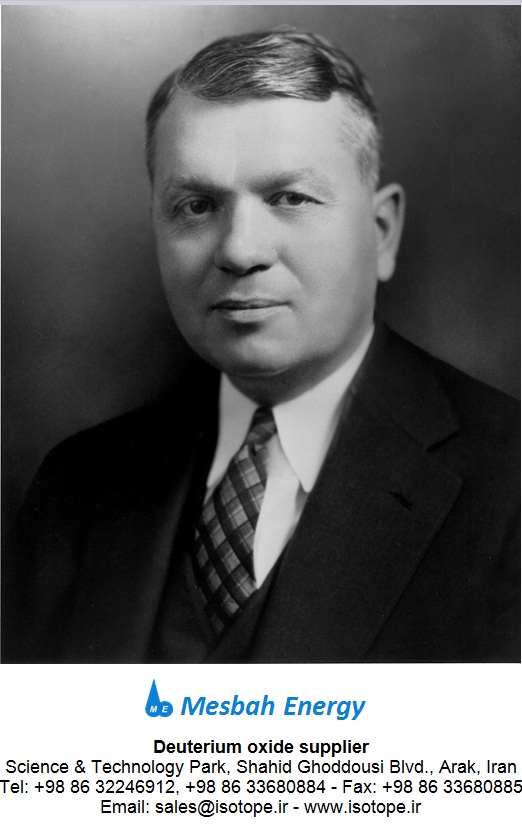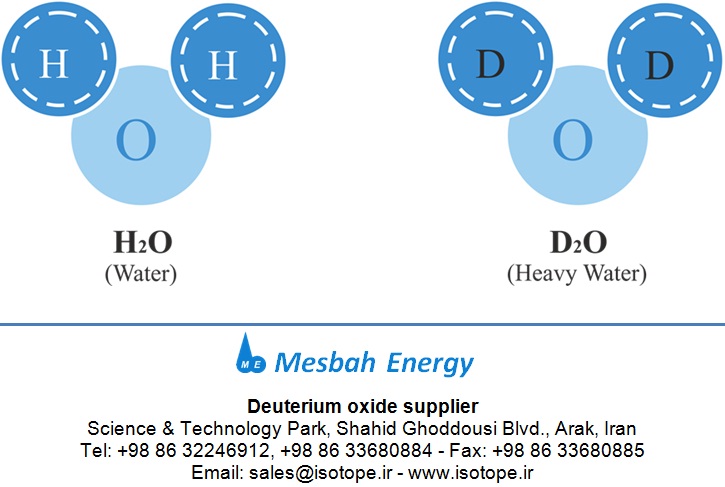Fig 1. Iran has exported 70 tonnes of its deuterium oxide to US and Russia
The U.S. Department of Energy, or DOE, bought 32 metric tonnes of heavy water from Iran worth $8.6 million, a department spokeswoman said. Heavy water or deuterium oxide is a component of nuclear energy program that is not radioactive.
Under nuclear deal between Iran, the United States and five other world powers, Tehran can sell its heavy water.
U.S. Energy Secretary Ernest Moniz told The Wall Street Journal that the United States tested Iran’s heavy water and “it’s perfectly good.” Moniz also said the U.S. purchase would be a “statement to the world” that Iran’s heavy water can be purchased.
U.S. officials hope the purchase will pave the way for other countries to buy the heavy water, which can be used in the development of semiconductors and nuclear magnetic resonance imaging.
Iran's top nuclear negotiator Abbas Araqchi said that the United States had been the first buyer of Iranian heavy water and some other world powers were now showing an interest.
According to a sale between Iran and Russia, Iran has exported about 38 tonnes of its heavy water to Russia. The general director of Russia’s State Corporation on Atomic Energy, Rosatom, confirmed that Iran delivered about 40 of heavy water to Russia.
Source:
www.reuters.com
www.wsj.com
